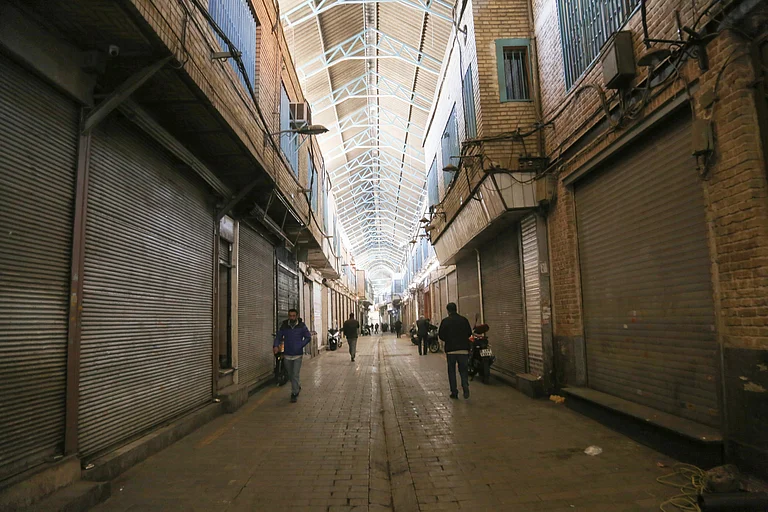Last week, the world was shaken by the devastating news of a brutal coordinated offensive launched by Gaza’s Islamist militant outfit Hamas on Israel which killed at least 1,300 people in Israel and rekindled a long-standing problem between Israel and Palestine that predates the formation of Israel in 1948.
The attack of this unprecedented magnitude deployed thousands of drones, rockets, missiles, dropping explosives and an uncountable number of small arms and ammunition.
Gaza Strip is one of the world’s most densely populated and impoverished Middle Eastern territories occupying 140-square-mile of land in the Mediterranean coastal region. It shares borders with Israel on the east and with Egypt on the south.
Moreover, since Hamas sat at the helm of the region's administration 17 years ago, the territory has almost lost every connection with the rest of the world which prompted Israel and Egypt to impose a blockade on the territory.
What gives rise to the question of how Hamas managed to gather an unimaginable amount of weaponry in their arsenal is the prevalence of strict border surveillance on Gaza practised by both Israel and Egypt. The border region of the strip is under uninterrupted surveillance protocols adopted by both countries. As a part of the beleaguerment, Israel is still in control of Gaza’s maritime, air and land borders which ensures stringent vigilance on the supply of weapons to Hamas in the region.
From ship-to-shore smuggling, secret alliances with Iran and Syria, and connections in the black market- the weapon procurement repertoire of Hamas are known to be multifaceted.
In search of an answer to our question, here we have assembled all the probable sources of arms and ammunition accessed by Hamas.
The Hamas-Iran nexus
According to the US intelligence agency CIA, Iran has always been a potent source of weaponry for Hamas. The weapons are largely acquired through smuggling, as per CIA’s World Factbook.
Despite meticulous monitoring of borders across land, water and air, the clandestine cross-border tunnels of the Gaza Strip surreptitiously play a pivotal role in smuggling weapons into the enclave.
According to the experts, arms smugglers function by dropping weapons on the shore along the Mediterranean Sea which are later supplied to Hamas through the tunnels.
The tunnel network is primarily used to acquire weapons such as multiple-launch artillery rockets (MLRS) like Fajr-3, Fajr-5, and M-302 rockets from Iran and Syria. The Fajr-3 is known to be an Iranian-built unguided surface-to-surface artillery rocket with a range of 43 km while the Fajr-5 has a longer range of 75 km. The smuggled weapons also include the M-302 rocket and Iranian-built Khaibar-1 which is a long-range unguided rocket.
Supply by Taliban
Several media reports across the globe suggest that Hamas frequently use US-built weapons that are supplied from Afghanistan by the Taliban.
This theory comes from the fact that the US concluded its military operations in Afghanistan in 2021 and left a stockpile of weapons which were later acquired by the Taliban after it took control of the country.
Rocket weaponry Supply Chain
Rocket weaponry plays a pivotal role in strengthening the arsenal of Gaza-based Hamas as it enables cost-effective and relatively straightforward long-distance strikes. Back in 2014, the Gaza War deployed over 4,500 rockets fired at Israel.
From smugglers and shippers to financiers, the acquisition of a wide-range of rocket weaponry by Hamas involves multiple levels of intervention to keep the supply chain alive.
Recycling unexploded Israeli munitions
Gaza being one of the most impoverished territories of the conflicted Middle East, houses none of the industrial facilities that would facilitate indigenous large-scale arms production.
According to experts, Gaza leverages scrap iron obtained from previous fights to manufacture weapons in the tunnel network below the enclave. During previous airstrikes by Israel, a huge amount of sheet metal, metal pipes, rebar, and electrical wirings were retrieved by Hamas which were later transformed into rocket tubes or other explosive devices.
Moreover, using unexploded Israeli munitions also adds significant strength to the Hamas arsenal.



























